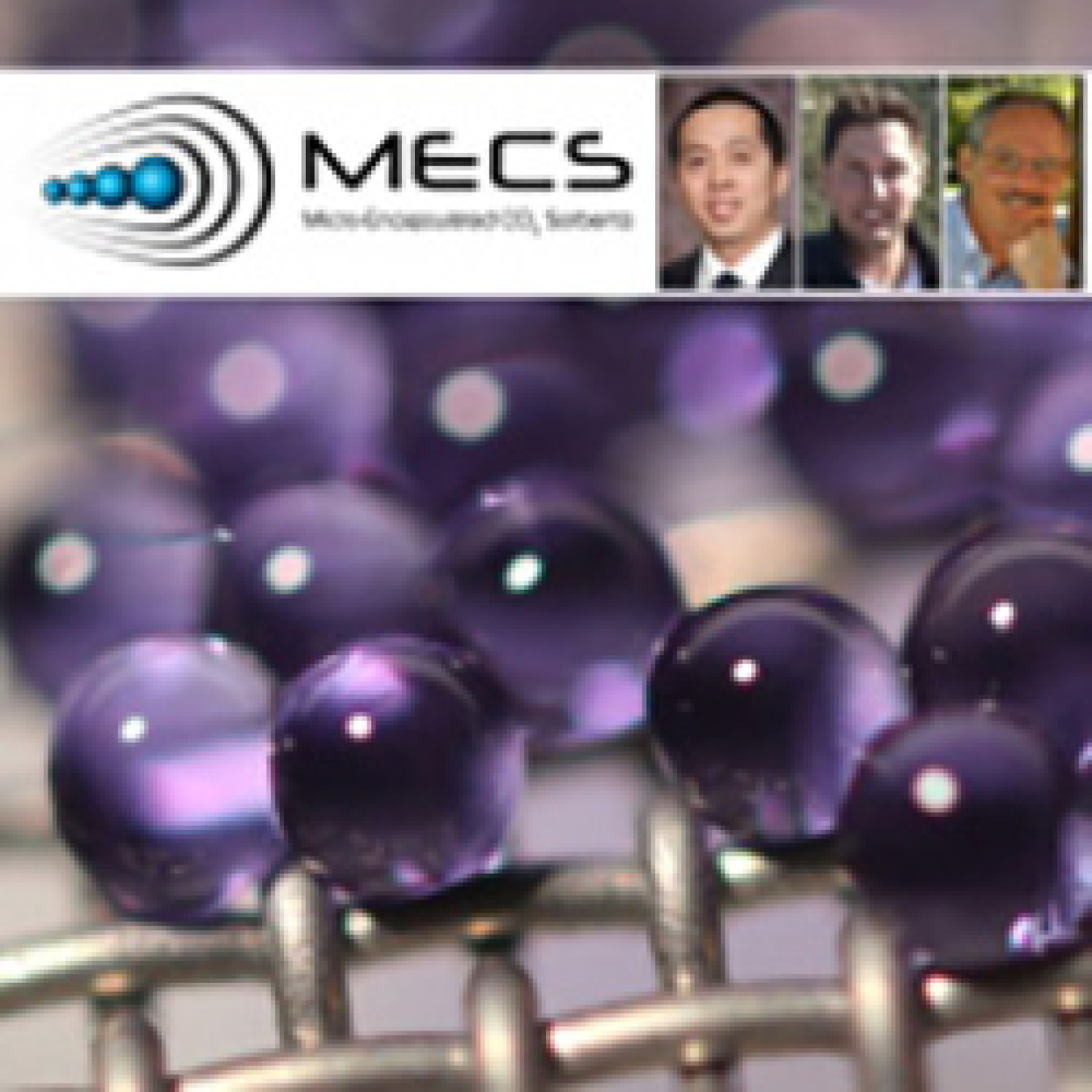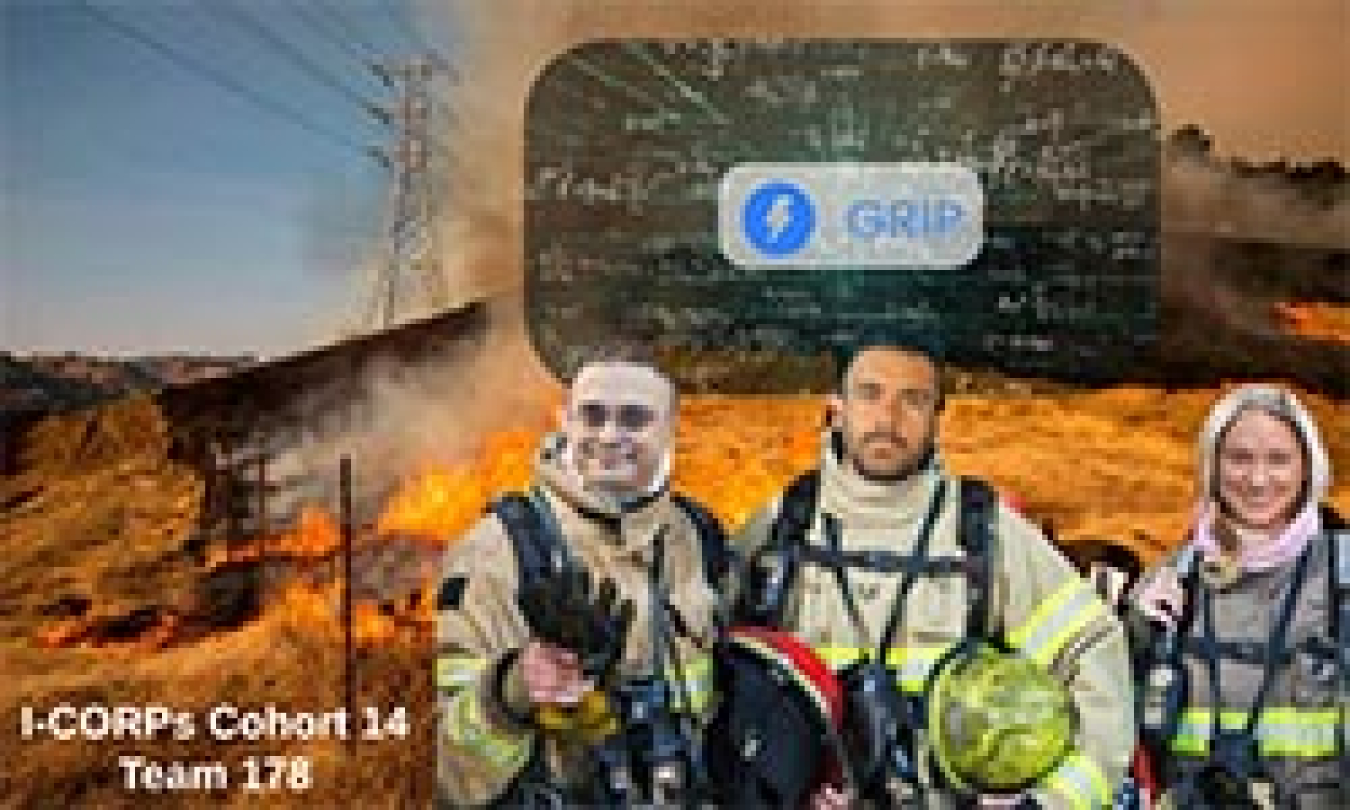The FY23 Fall Energy I-Corps program introduced additional funding tracks beyond the historically-offered immersive training curriculum. Under Topic 1: Pipeline Development, national labs proposed projects aimed at increasing their researchers' participation in future training cohorts. Under Topic 3: Post Energy I-Corps, program alumni applied for additional assistance to aid their next step toward commercialization.
Find information about selected teams and technologies for Topic 2: Training Cohort.
Topic 1: Pipeline Development
Topic 1 invited proposals from National Laboratories, Plants, and Sites for programs and projects aimed at increasing participation in future Energy I-Corps training cohorts (Topic 2). Nine projects from nine labs were selected:
Argonne National Laboratory will provide a package of discovery and training activities designed to increase participation in subsequent Energy I-Corps (EIC) cohorts, including plans to:
- Identify best national lab practices for increasing EIC participation
- Identify reasons why prospective applicants decided not to apply for EIC
- Deliver “Energy I-Corps Light” training program
Brookhaven National Laboratory (BNL) will host mini lectures on certain key issues that need to be considered while commercializing technologies. The lectures will be followed by breakout sessions where participants will work in a team setting to incorporate their learnings to suggest commercialization of an actual BNL technology.
Fermi National Accelerator Laboratory will conduct a Commercialization and Entrepreneurship Practicum as an EIC Pipeline Development Program to raise awareness of EIC within the labs, to actively promote the EIC program, and deliver effective commercialization training content.
Idaho National Laboratory (in partnership with Ames National Laboratory and Thomas Jefferson National Accelerator Facility) will host a light EIC program to introduce commercialization topics to lab staff and give staff experience conducting customer discovery interviews on lab technology.
Lawrence Berkeley National Laboratory (LBL) will host a multi-touchpoint model of developing EIC Topic 2 teams, including
1) An “Innovation Disco” event where industry professionals discuss problems relevant to LBL technology areas with scientists and brainstorm entrepreneurial solutions;
2) An intra-Lab, inter-University of California (UC) “Entrepreneurship Partnering Tool,” where scientists across the Laboratory, along with select UCs, match to create new EIC Topic 2teams;
3) LBNL’s I-Corps Lite course to introduce technology commercialization concepts and explain EIC Topic 2 expectations;
4) A Lab-wide pitch event;
5) An application prep course where teams are guided to create their EIC application;
6) A postdoc training program that induces postdoctoral scientists to form EIC teams around entrepreneurial ideas.
National Renewable Energy Laboratory will strategically source future applicants from existing entrepreneurially minded NREL programs and provide them with resources to set them up for success and prepare them for Energy I-Corps Topic 2 with workshops, coaching, and facilitated market research.
Pacific Northwest National Laboratory (PNNL) will team with Washington State University (WSU) to provide a commercialization course open to both PNNL researchers and WSU students. By inviting WSU students, PNNL aims to develop future EIC Topic 2 teams.
Savannah River National Laboratory will identify target applications for patented technologies, prepare communication tools to describe patented technologies and benefits, and organize teams for submission to future EIC Topic 2 Lab Calls.
SLAC National Accelerator Laboratory will host entrepreneurship training workshops and will recruit an intern to help lab staff collect customer discovery leads, which can be continued in future Topic 2 participation.
Topic 3: Post Energy I-Corps
In its inaugural year, Topic 3 aims to support Topic 2 graduates with a high likelihood of commercializing the technology they took through the program. The funds are intended to cover costs of the next actionable step in their commercialization journey and to help awardees reach their next source of more substantive funding.
Five teams from Fermi National Accelerator Laboratory (FNAL), Lawrence Livermore National Laboratory (LLNL), Sandia National Laboratory (SNL), and SLAC National Accelerator Laboratory (SLAC) were selected for this new topic:
Project: Fostering Industry Engagement of SNL Membranes

A graduate of EIC Cohort 2, the SNL team has developed membrane separators for flow batteries to increase battery efficiency and lifespan.
With this new project, the team aims to validate the performance of their technology working with flow battery manufacturer, Redflow. A successful project could result in a research agreement or technology license with interested customers.
The team previously participated through funding provided by the DOE Hydrogen and Fuel Cell Technologies Office. For Topic 3, the team will be funded by OTT.

A graduate of EIC Cohort 3, the FNAL team is building a compact electron gun for 3D printing of metals. The device supports a market demand for printing metals in defense, aerospace, and other high-value manufacturing industries. The device has two parts: a source where electrons are generated (cathode) and a portion where they are pushed to higher energy (the accelerating cavity).
For this project, the team will work with a local partner to build and test two cathodes to demonstrate that the cathodes can meet commercialization specifications.
The team previously participated through funding provided by DOE Advanced Manufacturing Office. For Topic 3, the team will be co-funded by DOE Office of Fossil Energy and Carbon Management (FECM) and OTT.
Project: Scale Up Production Of Advanced Sorbents For Direct Air Capture Application

A graduate of EIC Cohort 4, the LLNL team is working with an industrial partner to utilize Micro-Encapsulated CO2 Sorbents (MECS) to achieve carbon dioxide (CO2) removal from ambient air.
Having identified material availability as the biggest bottleneck for commercialization, this project will focus on increasing production capability and integrating production automation.
The team previously participated through funding provided by FECM. For Topic 3, the team will be co-funded by FECM and OTT.
Project: Solid State Bioreactor For The Conversion Of Gaseous Feedstocks To Value Added Products
 Team 166: Bioreactor, LLNL
Team 166: Bioreactor, LLNLA graduate of EIC Cohort 14, LLNL is finalizing a solid-state bioreactor technology that takes waste gas, increases gas-to-liquid mass transfer with minimal energy usage, to produce value-added products.
This project will scale a solid-state batch bioreactor to a continuous flow reactor (CFR) and complete preliminary technoeconomic analysis (TEA) and life cycle assessments (LCA) to prove efficiency of the solid-state bioreactor.
The team previously participated through funding provided by DOE Bioenergy Technologies Office. For Topic 3, the team will be funded by OTT.
Project: Grid Resilience And Intelligence Platform (GRIP)
 Team 178: GRIP, SLAC
Team 178: GRIP, SLACA graduate of EIC Cohort 14, the SLAC team developed GRIP, a cutting-edge software platform designed to anticipate, absorb, and recover from extreme weather events. The platform combines flexible grid modeling tools with grid resilience metrics to quantify the state of the grid assets before, during, and after an extreme event, providing grid operators with actionable insights to help minimize equipment damage, reduce revenue loss due to power outages and eliminate utility operational inefficiencies with a holistic system overview.
GRIP is currently deployed with Southern California Edison, and with this project, the SLAC team will partner with PostRoad to expand GRIP’s market reach to include electric cooperatives.
The team previously participated through funding provided by DOE Office of Electricity. For Topic 3, the team will be funded by OTT.

